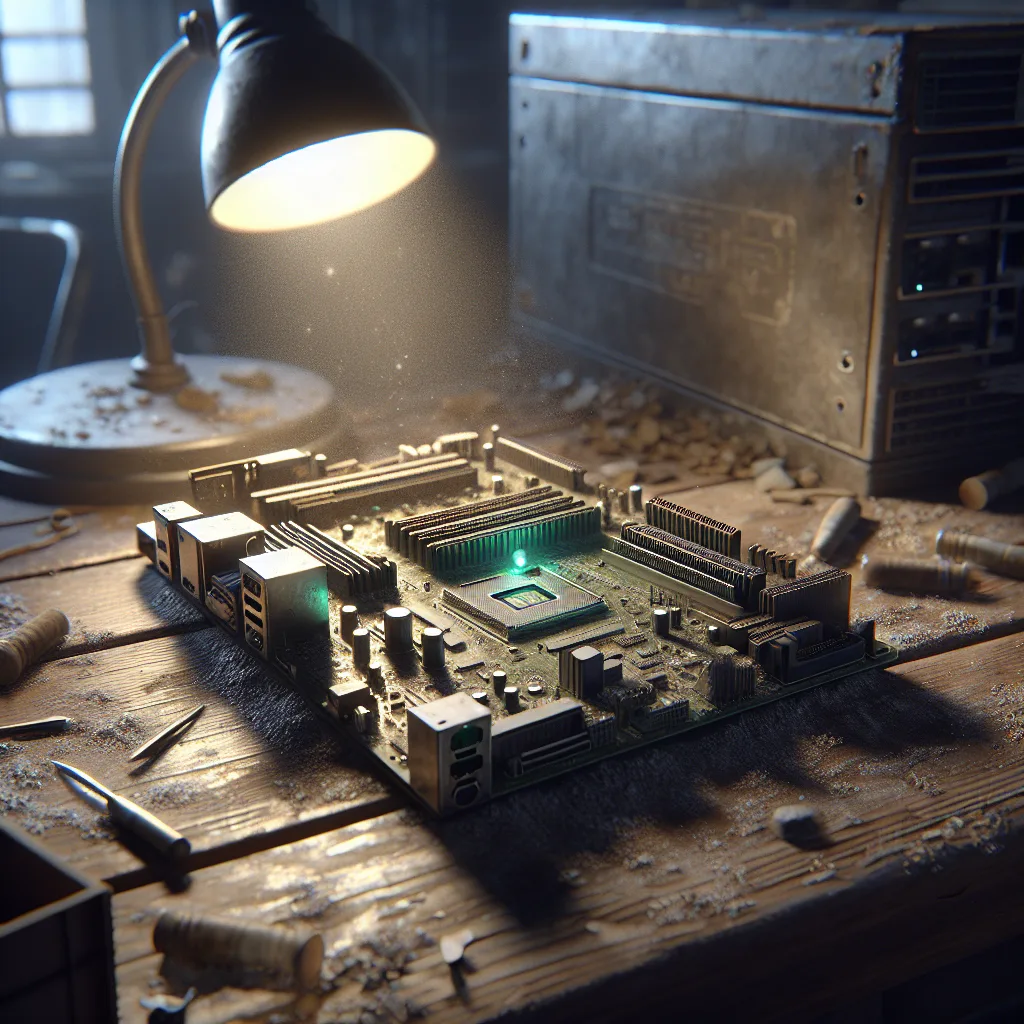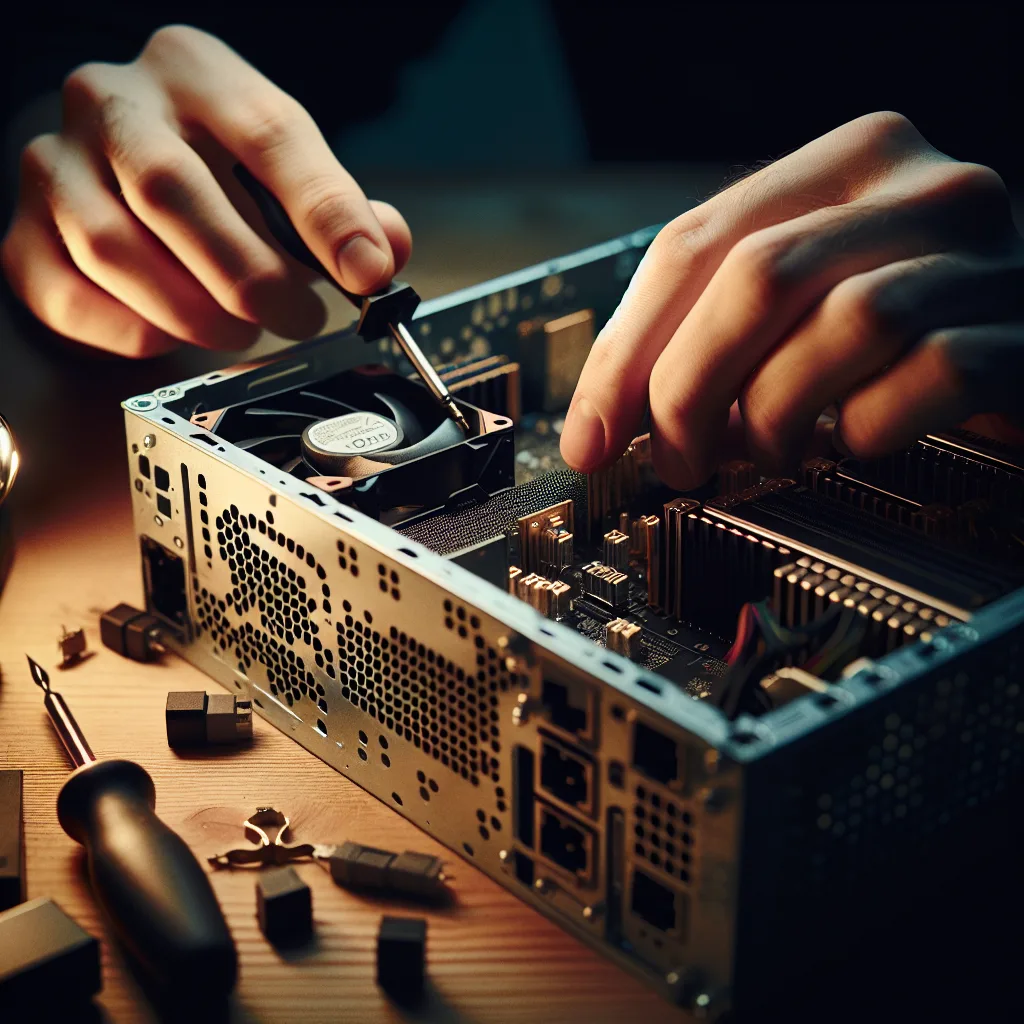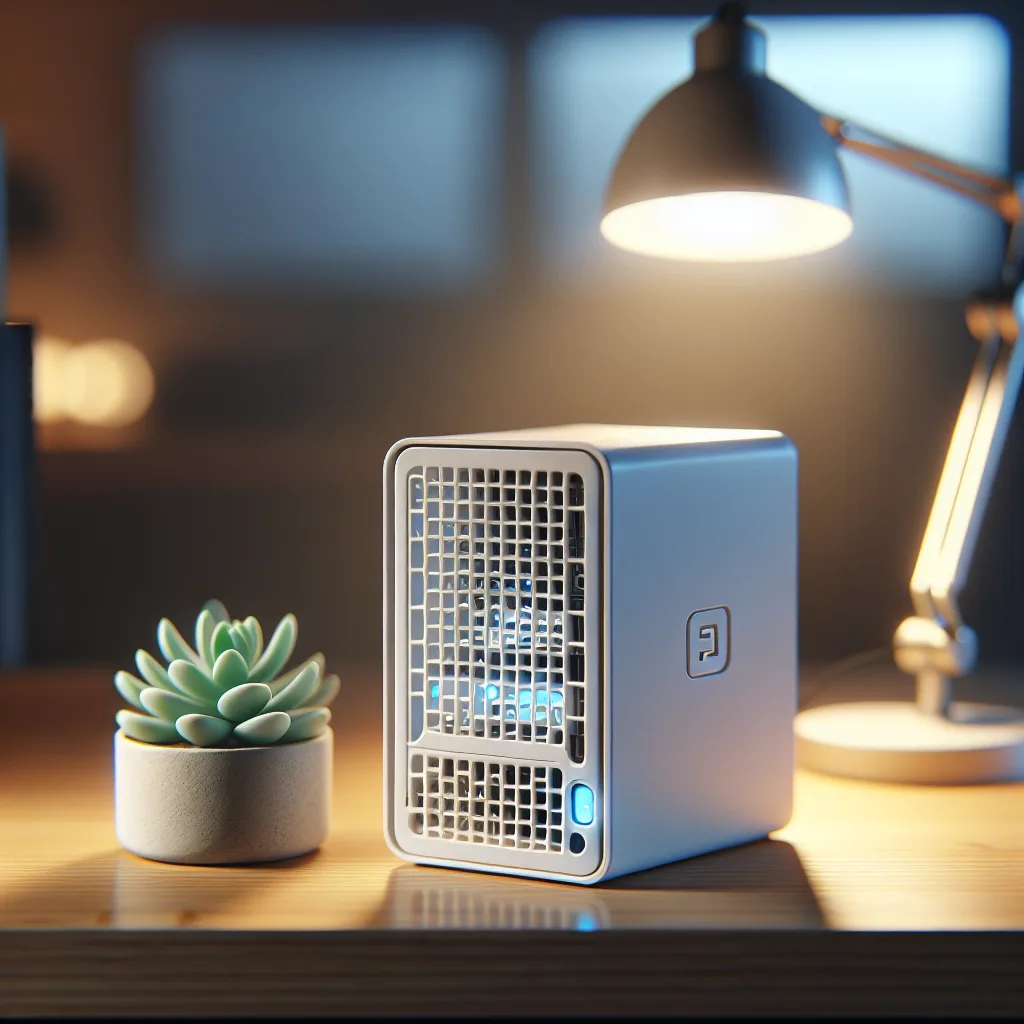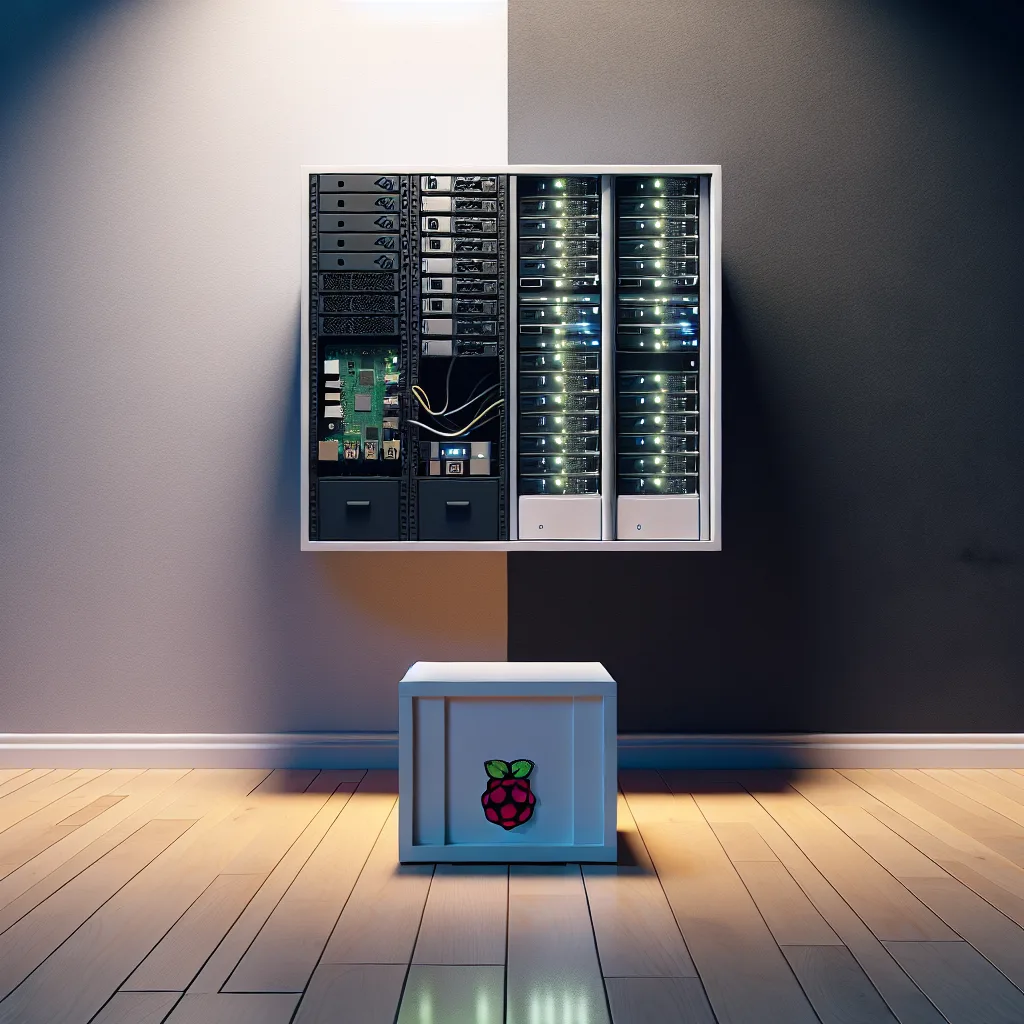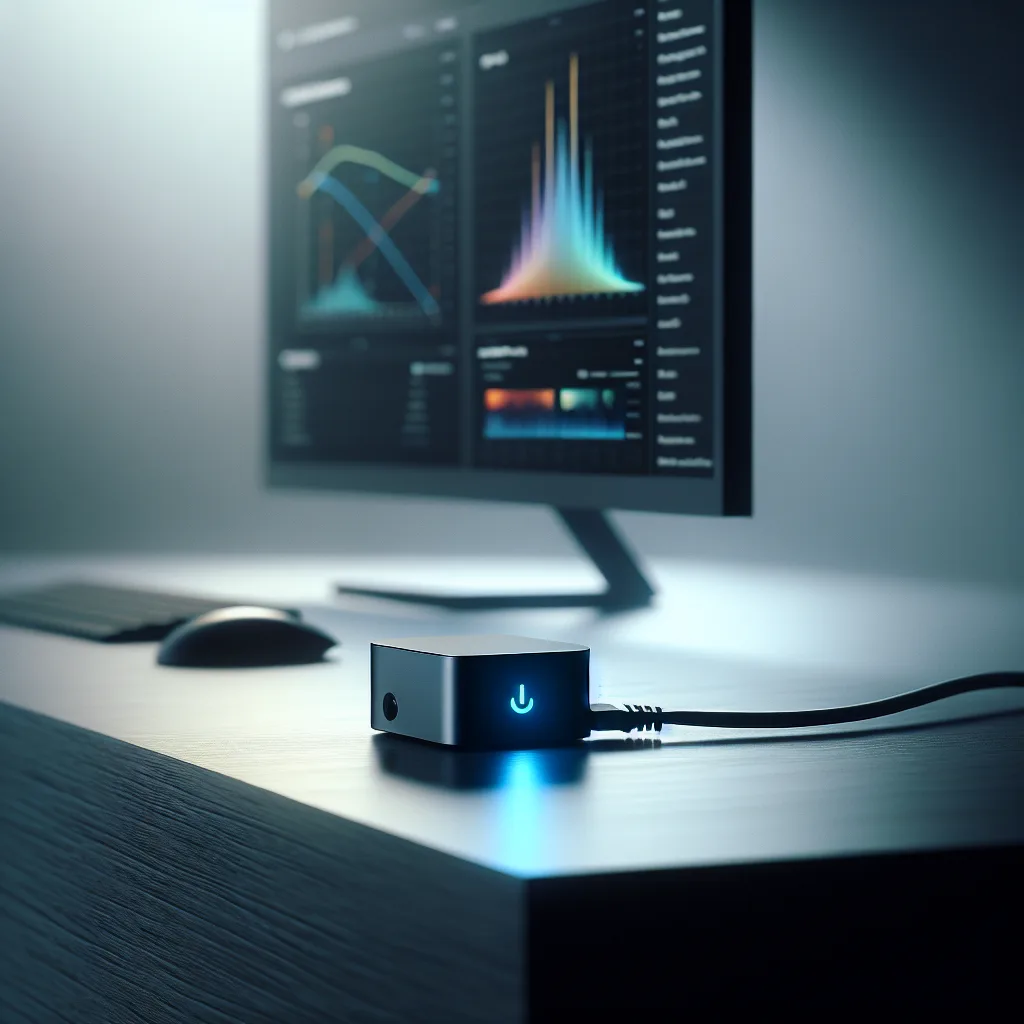Follow my journey of starting a home-based business, from a leap of faith to building the powerful home lab that runs it all. A look at the tech.
It’s funny how a big life change can start with a quiet decision. For me, it was the choice to finally take a leap of faith in myself.
I’ve spent a lot of time and money investing in professional endeavors for other people. But recently, I decided it was time to pivot and bet on my own ideas. It’s not always easy, but the thought of building something from the ground up was too exciting to ignore.
So, I started my own business.
For now, it’s running straight out of my house. The plan is to see how things go, establish a foothold in the region, and then hopefully expand from there. The best part? The infrastructure I’m building for the business also gets to host some of my personal passion projects. It’s the perfect blend of work and play.
It’s all still coming together, but I wanted to share a look at the engine I’ve built to power this new chapter.
The Foundation: More Than Just a Rack
At the heart of it all is a simple server rack. It’s not tucked away in a sterile data center, but right here where the action is. This rack is the skeleton holding everything together.
It all starts with a gigabit fiber uplink, which means I have a seriously fast connection to the outside world. From there, the data flows through a TP-Link router, which acts as the main gateway, and a 48-port Cisco switch that directs traffic where it needs to go.
To keep things organized and secure, I’ve segmented the network using VLANs. Think of it like this: the business network and my personal network are running on the same hardware, but they’re in completely different, walled-off hallways. It keeps client data safe and my personal projects from interfering with work.
The Hardware: A Mix of Muscle and Utility
This is where it gets fun. I needed a setup that could handle everything from heavy-duty AI processing for the business to simple file storage for personal use. Here’s a breakdown of the rig:
- The AI Powerhouse: This is a custom-built machine and the star of the show. It’s running an AMD processor with 128GB of RAM and, most importantly, two NVIDIA 3090 GPUs. This thing is an absolute beast for the AI and machine learning tasks that are central to my business.
- General & Light Compute: I have an HP Pro Desk for general networking tasks and a Dell T7810 workstation with a 1090 GPU for lighter AI experiments and other compute needs. They’re the reliable workhorses that handle the day-to-day.
- Data and Backups: Data is everything. A Dell R720 server handles the databases and caching, ensuring that frequently accessed information is delivered lightning-fast. Right next to it, a Dell R730xd, packed with drives, serves as the primary NAS (Network Attached Storage) and the backup hub for everything else. It’s the vault, keeping all my data safe and sound.
All of this is connected with Cat6 cabling, with a fiber SPF link on the way to make the core connection even faster.
It’s More Than Just Tech
Looking at the blinking lights on the rack, it’s hard not to feel a sense of accomplishment. This isn’t just a collection of powerful hardware. It’s the physical manifestation of a big decision. It’s the engine for a new venture and a testament to the idea that you can build something meaningful right from your own home.
There are still upgrades planned and a long road ahead, but for the first time in a while, I’m building for myself. And that feels pretty great. Thanks for stopping by.

